
Take 5 minutes to catch up on NeurologyLive's highlights from the week ending May 1, 2020.

Take 5 minutes to catch up on NeurologyLive's highlights from the week ending May 1, 2020.

The professor of neurology at NYU Langone detailed the neurologic symptoms that have been observed in patients with COVID-19.

Neurology News Network for the week ending April 25, 2020.

Take 5 minutes to catch up on NeurologyLive's highlights from the week ending April 24, 2020.
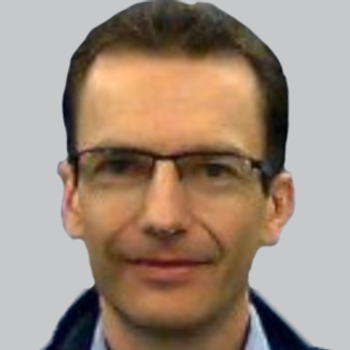
Observations from more than 1000 cases of stroke suggest that enhanced paramedic assessment should not be used to increase thrombolysis volume but may influence the quality of treatment decisions.

Take 5 minutes to catch up on NeurologyLive's highlights from the week ending April 17, 2020.
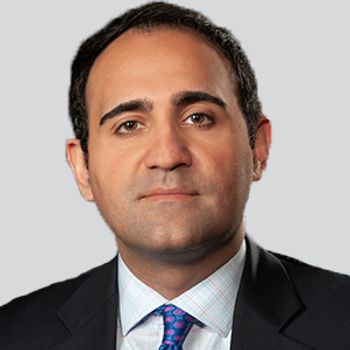
Stroke care, including acute treatment and prevention, faces unique challenges in rural areas where disease awareness is lacking and access to high-level care in scarce.

A study conducted by researchers from the University of Miami reveals a correlation with higher risk of stroke in blacks and hispanics of Caribbean descent than whites.

Leaders from the University of Miami Miller School of Medicine detail the most important needs in the field of stroke and steps needed to take in 2020.

Results from one of the first multi-case studies of neurologic manifestations of COVID-19 demonstrate complex CNS involvement and raise further questions about pathological mechanism.

Take 5 minutes to catch up on NeurologyLive's highlights from the week ending April 10, 2020.

The world's most premier journal dedicated towards stroke and cerebrovascular health has named Ralph L. Succo, MD, MS as the new editor-in-chief.

A pre-clinical study showed that supplementing diet with amino acid successfully staves off signs of amyotrophic lateral sclerosis.

Take 5 minutes to catch up on NeurologyLive's highlights from the week ending April 3, 2020.

Treatment with in-hospital remote ischemic perconditioning did not reduce brain infarction volume growth and showed similar mortality rates for the intervention and control groups in the RESCUE-BRAIN study.

NeurologyLive’s parent company, MJH Life Sciences, will be hosting the virtual MJH Life Sciences Sleeves Up Blood Drive from March 31 through April 30.

Systemic blood pressure of

Data suggests that the longer the extubation time following mechanical thrombectomy, the higher the risk of unfavorable outcomes and pneumonia.
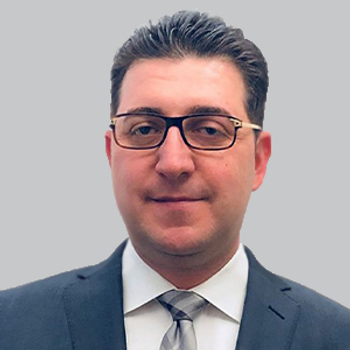
Lead author Amrou Sarraj, MD, discussed the findings of an assessment of more than 1900 stroke centers and the challenges in EVT access for stroke care.

Take 5 minutes to catch up on NeurologyLive's highlights from the week ending March 20, 2020.

The assistant professor of neurology in the Stroke Division and Department of Neurology at the University of Miami Miller School of Medicine spoke to the current limitations of advanced imaging to aid in the treatment of stroke.

The assistant professor of neurology in the Stroke Division and Department of Neurology at the University of Miami Miller School of Medicine discussed the thrombolysis pro-con debate at ISC 2020, and the role of perfusion imaging.
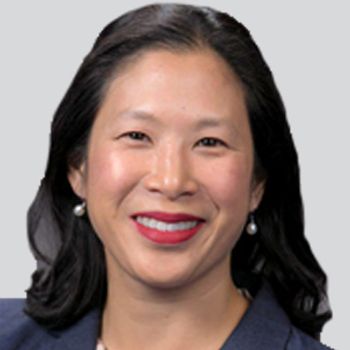
The webinar, a partnership between Women Neurologist's Group (WNG) and NeurologyLive, features the latest updates from CMS on billing and coding for telemedicine visits.
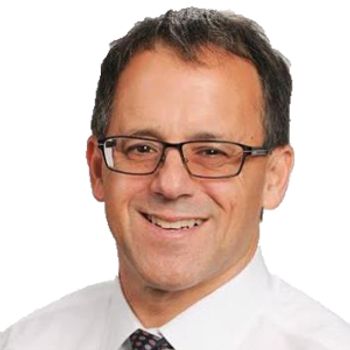
Telemedicine has potential to play a key role in diagnosis and testing during the outbreak of COVID-19

As neurologists and other specialists may increasingly be called upon to serve as general hospitalists in the wake of the COVID-19 pandemic, keeping health care workers healthy becomes paramount.